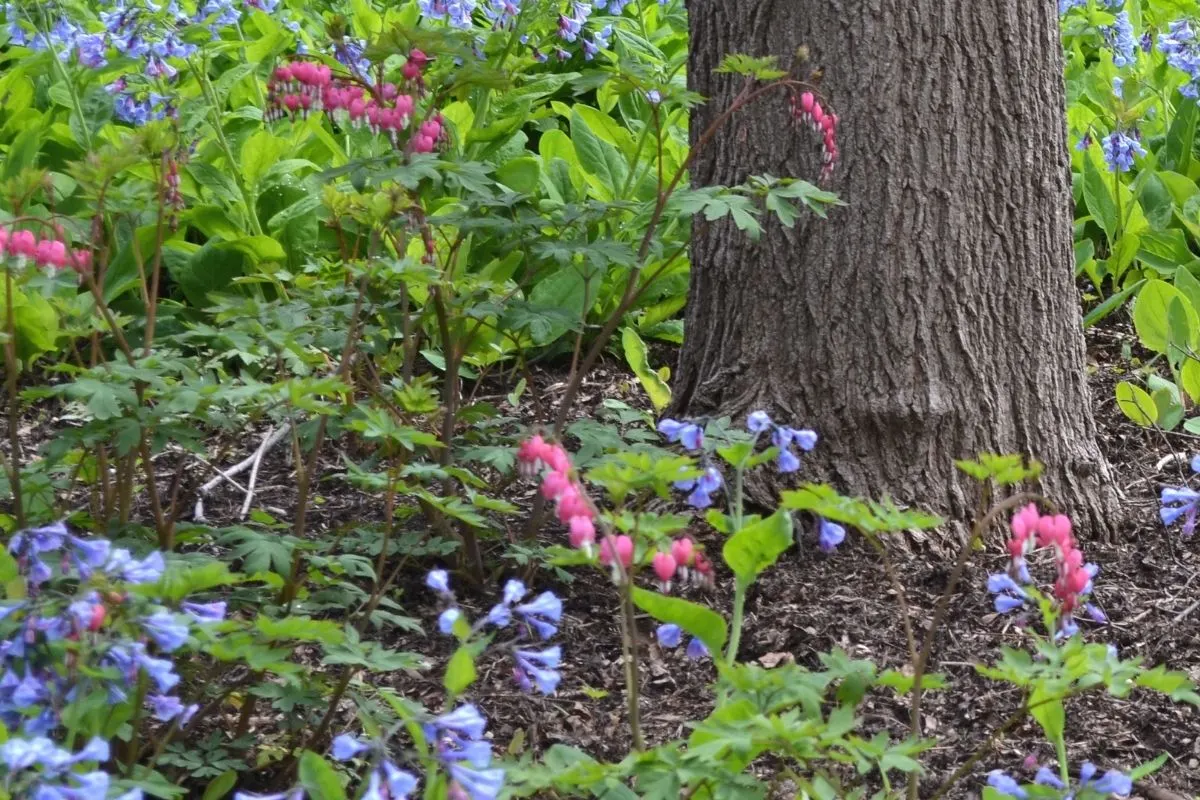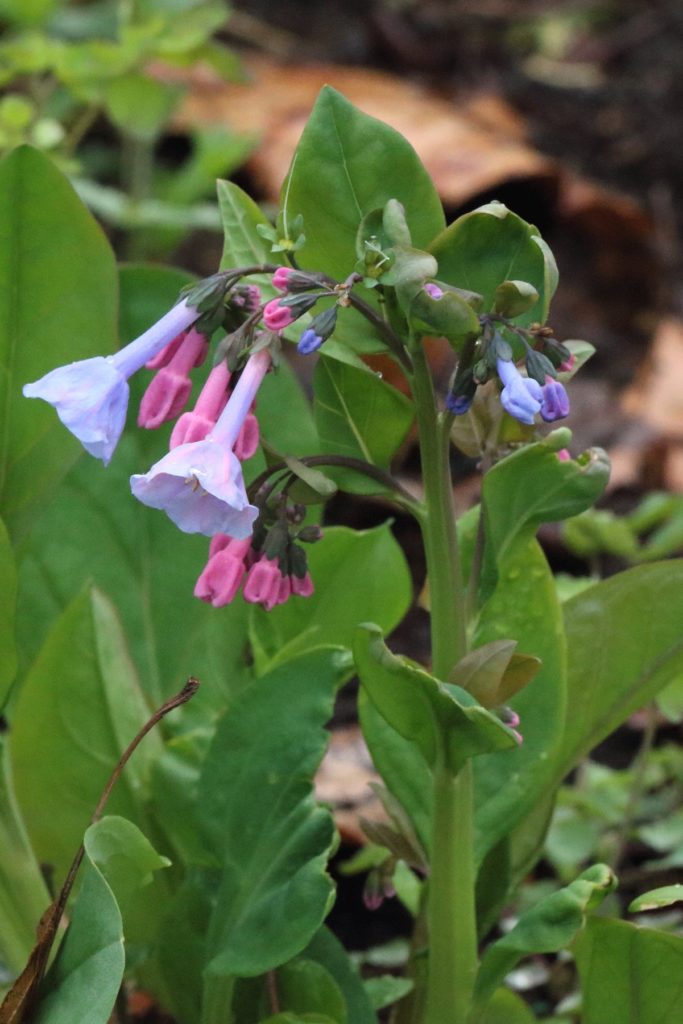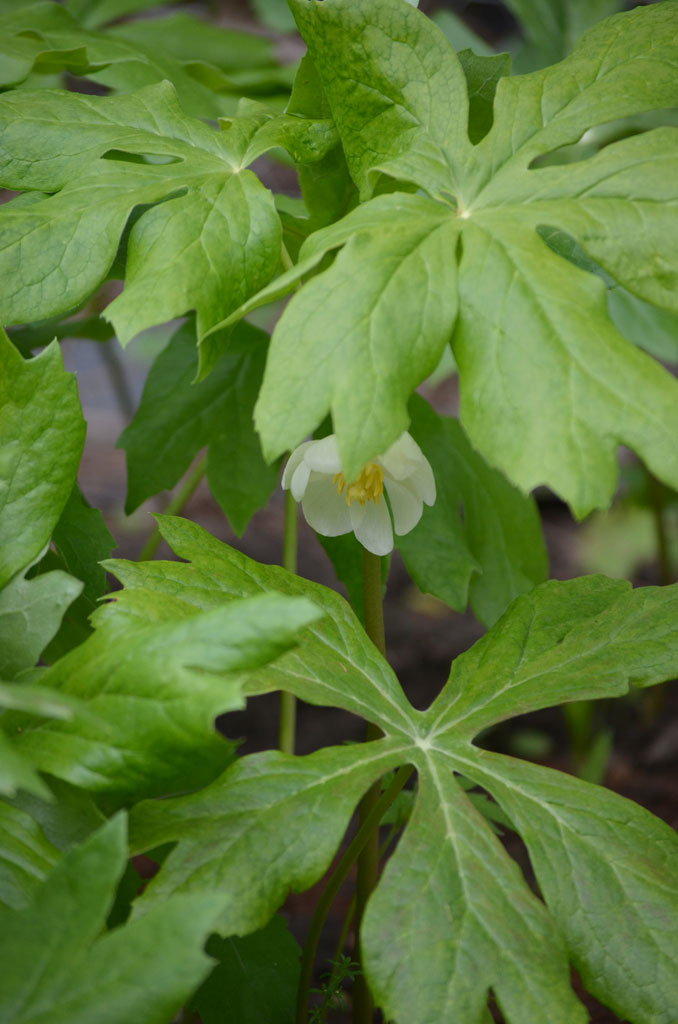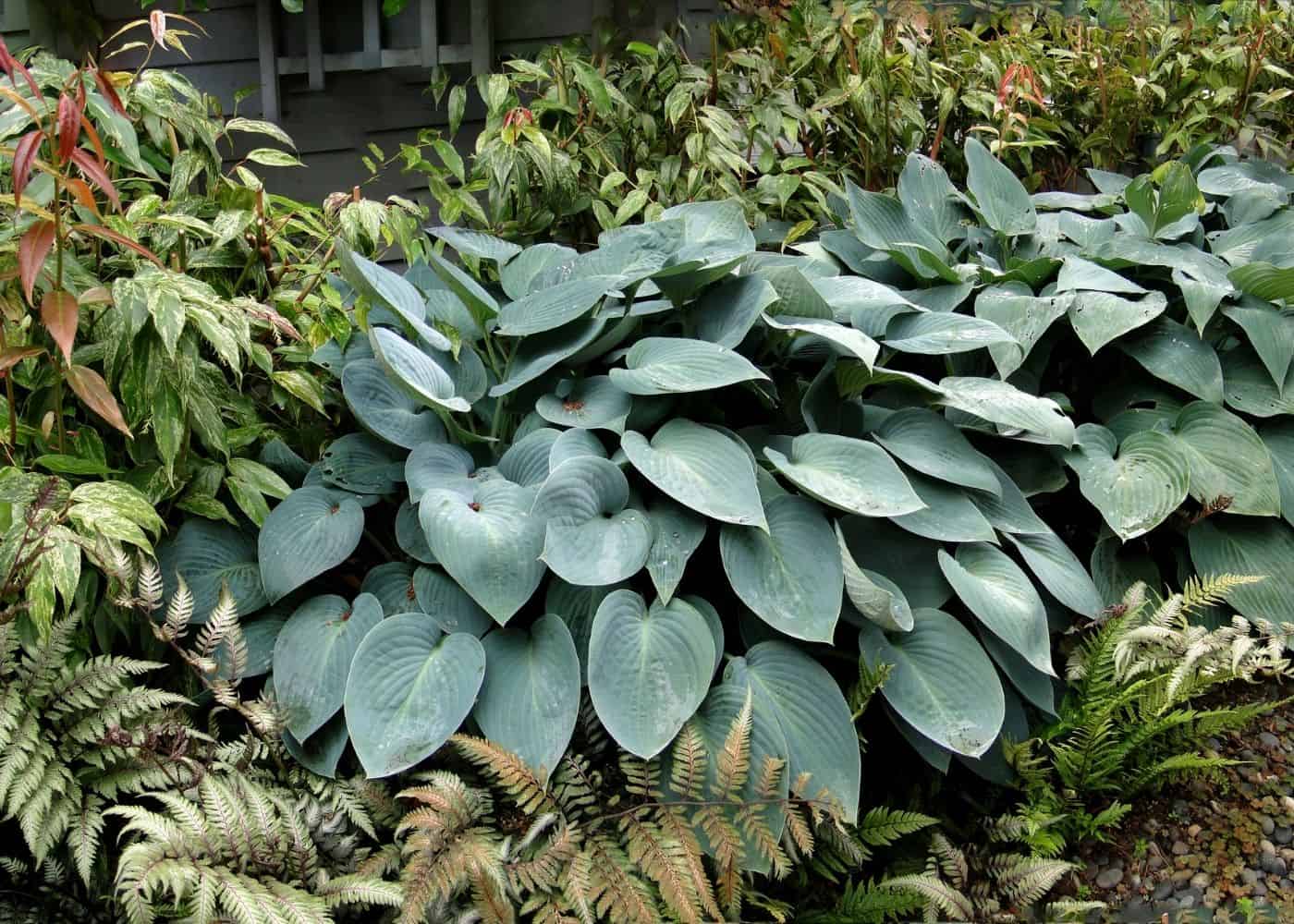The Best Companion Plants For Virginia Bluebells: Create A Beautiful Spring Garden
The Best Companion Plants for Virginia Bluebells: Create a Beautiful Spring Garden
Virginia bluebells are a beautiful spring ephemeral that blooms in shades of blue, purple, and white. They are a great addition to any shady garden, and they can be easily companion planted with other spring-blooming flowers.
In this blog post, we will discuss the best companion plants for Virginia bluebells. We will also provide some tips on how to plant and care for these beautiful flowers.
Why Companion Plant Virginia Bluebells?
There are a few reasons why you might want to companion plant Virginia bluebells. First, it can help to extend the flowering season in your garden. By planting Virginia bluebells with other spring-blooming flowers, you can create a beautiful display of color that will last for several weeks.
Second, companion planting can help to deter pests and diseases. Some companion plants can help to attract beneficial insects that will help to protect your Virginia bluebells from pests. Other companion plants can help to improve the soil quality, which can help to prevent diseases.
Finally, companion planting can simply make your garden look more beautiful. By planting Virginia bluebells with other complementary plants, you can create a more interesting and attractive garden.
What are the Best Companion Plants for Virginia Bluebells?
There are many different plants that can be companion planted with Virginia bluebells. Here are a few of our favorites:
- Ferns: Ferns are a great choice for companion planting with Virginia bluebells because they have similar growing requirements. Ferns prefer part to full shade and moist, well-drained soil. They also help to improve the soil quality, which can benefit Virginia bluebells.

- Hostas: Hostas are another great choice for companion planting with Virginia bluebells. Hostas come in a variety of colors and sizes, so you can find one that will complement the bluebells in your garden. Hostas also prefer part to full shade and moist, well-drained soil.

- Bleeding heart: Bleeding heart is a beautiful spring-blooming flower that is a great companion plant for Virginia bluebells. Bleeding heart prefers part shade and moist, well-drained soil. It also has a similar bloom time as Virginia bluebells, so you can enjoy both flowers at the same time.

- Coral bells: Coral bells are a low-maintenance perennial that is a great choice for companion planting with Virginia bluebells. Coral bells prefer part shade and moist, well-drained soil. They also come in a variety of colors, so you can find one that will complement the bluebells in your garden.

- Woodland phlox: Woodland phlox is a beautiful spring-blooming flower that is a great companion plant for Virginia bluebells. Woodland phlox prefers part shade and moist, well-drained soil. It also has a similar bloom time as Virginia bluebells, so you can enjoy both flowers at the same time.

How to Plant and Care for Virginia Bluebells
Virginia bluebells are relatively easy to plant and care for. Here are a few tips:
- Plant Virginia bluebells in the fall or early spring.
- Choose a spot in your garden that receives part to full shade.
- Prepare the soil by loosening it and adding some compost or other organic matter.
- Plant the Virginia bluebells at a depth of about 2 inches.
- Water the Virginia bluebells regularly, especially during the first year.
- Mulch around the Virginia bluebells to help retain moisture and suppress weeds.
Conclusion
Virginia bluebells are a beautiful and easy-to-grow spring ephemeral. By companion planting them with other spring-blooming flowers, you can create a beautiful and long-lasting display in your garden.
Virginia bluebells are a beautiful sight to behold in the springtime. Their delicate blue flowers add a touch of elegance to any garden. But what if you want to add even more beauty to your garden? Well, you can do that by planting companion plants with your Virginia bluebells.
Companion plants are plants that grow well together. They can help each other thrive by providing shade, nutrients, or pest control. So, if you're looking for some great companion plants for your Virginia bluebells, I recommend checking out Gardenia Inspiration.
Gardenia Inspiration is a website that specializes in companion planting. They have a great selection of plants that are compatible with Virginia bluebells. They also have a lot of helpful information about companion planting, so you can learn how to choose the right plants for your garden.
So, what are you waiting for? Visit Gardenia Inspiration today and start planning your perfect companion planting scheme for your Virginia bluebells!
FAQ of virginia bluebells companion plants
Q: What are some good companion plants for Virginia bluebells?
A: Virginia bluebells are woodland plants that prefer partial to full shade and moist, well-drained soil. Some good companion plants for Virginia bluebells include:
- Hostas
- Ferns
- Brunnera
- Astilbe
- Trillium
- Wood anemone
- Bleeding heart
- Solomon's seal
- Wild ginger
These plants all have similar growing conditions to Virginia bluebells, and they will help to create a lush, woodland garden.
Q: What are some plants that should not be planted near Virginia bluebells?
A: There are a few plants that should not be planted near Virginia bluebells, as they can compete for water and nutrients. These plants include:
- Black walnut trees
- Japanese barberry
- Norway maple
- Siberian iris
- English ivy
Q: How far apart should Virginia bluebells be planted?
A: Virginia bluebells should be planted 12-18 inches apart. This will give them enough space to spread and bloom.
Q: When should I plant Virginia bluebells?
A: Virginia bluebells can be planted in the spring or fall. However, spring is the best time to plant them, as they will have more time to establish themselves before the hot summer weather arrives.
Q: How do I care for Virginia bluebells?
A: Virginia bluebells are relatively easy to care for. They need moist, well-drained soil and partial to full shade. They should be watered regularly, especially during the summer months. Virginia bluebells do not need to be fertilized often.
Image of virginia bluebells companion plants
5 different images of "virginia bluebells companion plants" from Pinterest:
- Celandine Poppy (Stylophorum diphyllum): This plant has bright yellow flowers that bloom in early spring, just as the Virginia bluebells are starting to fade. The two plants complement each other well, and they both thrive in moist, shady soil.

- Wood Anemone (Anemone quinquefolia): This plant has delicate white flowers that bloom in early spring. It is a good companion for Virginia bluebells because it has similar growing conditions and it does not get too tall, which can help to keep the Virginia bluebells from being overshadowed.

- Mayapple (Podophyllum peltatum): This plant has large, umbrella-shaped leaves that emerge in early spring before the flowers bloom. The flowers are white and fragrant, and they bloom in late spring or early summer. Mayapple is a good companion for Virginia bluebells because it provides some shade and shelter for the bluebells.

- Sweet Woodruff (Galium odoratum): This plant has small white flowers that bloom in early spring. It has a sweet fragrance, which is why it is often called "sweet woodruff." Sweet woodruff is a good companion for Virginia bluebells because it is low-growing and it does not compete with the bluebells for space.

- Hosta (Hosta spp.): There are many different varieties of hosta, but most of them have large, heart-shaped leaves that provide shade and shelter for other plants. Hostas are a good companion for Virginia bluebells because they have similar growing conditions and they do not compete with the bluebells for space.

Post a Comment for "The Best Companion Plants For Virginia Bluebells: Create A Beautiful Spring Garden"